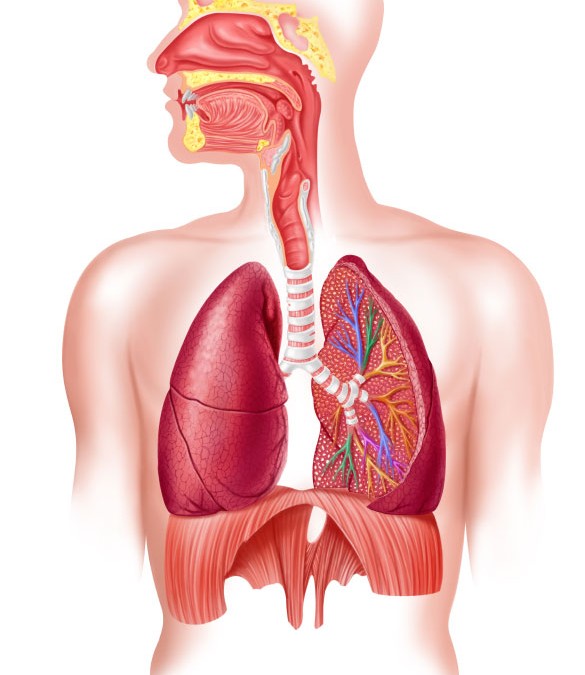Our voice is our calling card when we conduct business on the phone. If we want to make a positive impression, our voice should communicate warmth, friendliness, sincerity, and confidence. The question is how can we do it?
The source of our vocal power is breathing. How deeply we inhale and how freely we exhale impacts the sound we produce. Without proper breathing, our voice can never sound rich and resonant. Many vocal problems can be resolved once we discover or establish a natural breathing rhythm using our diaphragm.
The diaphragm is a muscle that sits under the lungs. Some call it the body’s trampoline since when we inhale and exhale, we push air in and out of our lungs, much like jumping on a trampoline. If we do not use our diaphragm correctly, we end up breathing shallowly, and, thus, the voice never has the right gasoline or fuel to make it sound pleasing to the ear.
Shallow breathing often is due to a lazy habit. Sometimes, it is the result of stress or tension. For example, when we get nervous or stressed, we may not inhale or exhale fully. We do use our diaphragm.
To determine if you are breathing shallowly or from the diaphragm, stand in front of your bathroom mirror and place one hand on your upper chest and one hand on your diaphragm. You should feel and see your stomach moving in and out like bellows. Your shoulders should not be lifting or your chest noticeable moving.
To practice, diaphragmatic breathing, lie on the floor or your bed. The only way you can breathe from a prone position is from the diaphragm. Then, inhale for a count of five, hold it for a count of three, and slowly exhale through an open mouth. Take four or five deep breaths and then start speaking on your exhaled breath. Speak about your product or service or anything related to what you do. Tape yourself and play it back. Be conscious of how much breath you had to complete your thoughts.
Next, stand up and repeat the same process standing in front of your bathroom mirror. As you practice your breathing, be conscious of how your diaphragm is moving. Be aware of your shoulders. They should not be lifting. After some practice attempts, start speaking on the exhaled breath. Look for opportunities to pause and breathe, perhaps where you want to highlight a point or at the end of your thought. Wise speakers always want to emphasize important ideas. Do not wait for your voice to be completely out of air. If you wait until your voice has no fuel, you will invariably start to take shallow breaths. There will also be lots of “um” and “ahs” as you grab a quick breath. Again, tape yourself and notice if there is a difference between the two tapes.
By practicing diaphragmatic breathing, speakers can play their voice like a musical instrument. They can bring it up and down. They can sound enthusiastic, friendly, or confident just by the way they breathe. They can change their pitch or rhythm to add emphasis and variety. They can correct the volume of their voice. There are few “bad” voices but lots of badly produced voices. If you want to maximize your voice, pay attention to how you are breathing.
Question: We’re interested in your reaction to this article. What works for your organization to put a smile back on people’s faces?
To add your comments click in the “Comment” box below and begin writing. Any questions will be answered by Judy.
Impact Communications, Inc. consults with individuals and businesses to improve their presentation and telephone communication skills. It is not what you know but how you communicate it that makes a difference. When you have to have impact, phone (847) 438-4480 or visit our website, www.ImpactCommunicationsInc.com.

Impact Communications, Inc. was established in 1998. It is a national presentation communication skills and telephone communication skills training company that excels at defining and developing the core elements of effective business communication. With presentation communication skills training, telephone communications skills training, every encounter can be an efficient and lucid transmission of information.






Recent Post Comments